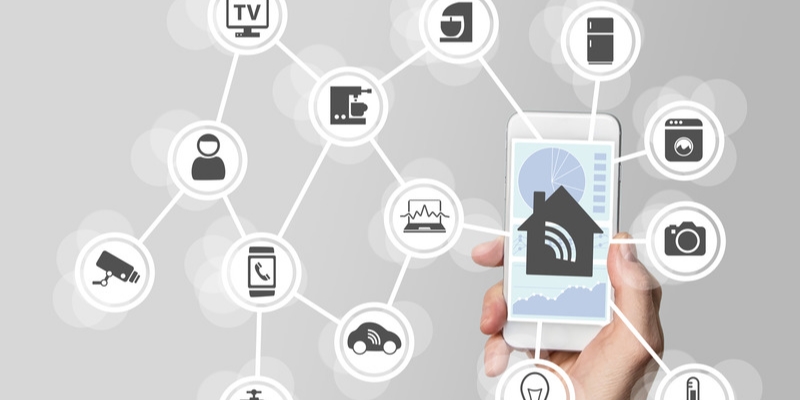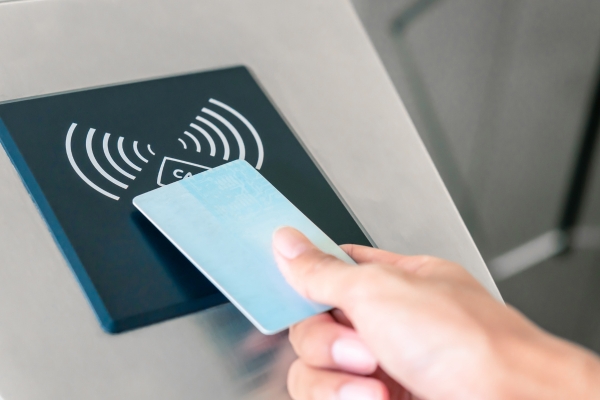- Protecting Families and Businesses for Over 30 Years - State of Texas Security License B14502
- (469) 919-7318
- info@myoptimaservices.com
The Future of Home Automation: How Technology is Transforming Our Living Spaces

Enhancing Commercial Security with CCTV Surveillance Systems
April 17, 2023In the fast-paced world of today, technology has become an integral part of our lives, and our homes are no exception. Home automation, also known as smart home technology, is a rapidly growing trend that is transforming the way we live and interact with our living spaces. From voice-controlled assistants to automated security systems, smart thermostats to connected appliances, home automation is making our homes smarter, more efficient, and more convenient. In this article, we will explore the exciting advancements in home automation and how they are shaping the future of our homes.
What is Home Automation?
Home automation refers to the use of technology to automate and control various household tasks and functions. This can include controlling lighting, heating and cooling, security systems, entertainment devices, appliances, and more, all through a central system or remotely via mobile devices. Home automation systems typically use sensors, actuators, and network connectivity to enable communication and automation of different devices and systems in the home.
Advancements in Home Automation
The field of home automation has seen significant advancements in recent years, driven by rapid technological developments and the increasing demand for smart home solutions. Here are some notable advancements in home automation:
- Voice Control: Voice assistants, such as Amazon’s Alexa, Google Assistant, and Apple’s Siri, have become a popular way to control various devices in the home using voice commands. With just a few words, you can dim the lights, adjust the thermostat, play music, or even order groceries. Voice control has made home automation more intuitive and accessible to people of all ages, including children and elderly individuals.
- Energy Efficiency: Smart thermostats have revolutionized the way we manage our home’s heating and cooling, helping to reduce energy consumption and lower utility bills. These devices can learn your preferences, automatically adjust temperature settings based on your schedule, and even use weather data to optimize energy usage. Some smart thermostats can also integrate with other smart devices in your home, such as occupancy sensors and window shades, to further optimize energy efficiency.
- Home Security: Home automation has greatly improved home security, providing homeowners with greater peace of mind. Automated security systems can include features such as motion sensors, smart locks, video doorbells, and security cameras that can be monitored remotely. These systems can send real-time alerts to your smartphone, allowing you to monitor and control your home’s security from anywhere, at any time.
- Connected Appliances: Many home appliances, such as refrigerators, washing machines, and ovens, are now equipped with internet connectivity, allowing them to be controlled remotely and communicate with other devices in your home. For example, you can receive notifications on your smartphone when your laundry is done or remotely preheat your oven on your way home from work. Connected appliances are making our homes more efficient and convenient.
- Lighting Control: Smart lighting systems allow you to control the lighting in your home through mobile apps or voice commands. You can create customized lighting scenes, schedule lighting to turn on or off at specific times, and even adjust the color and intensity of the lights to create the desired ambiance. Smart lighting not only enhances the aesthetics of your home but also helps to save energy by optimizing lighting usage.
Some Benefits of Home Automation.
The increasing adoption of home automation is driven by the numerous benefits it offers to homeowners. Here are some of the key advantages of home automation:
- Convenience: Home automation makes it easier to manage and control various tasks and functions in your home, from adjusting the thermostat to controlling lighting and security. With remote access via mobile apps or voice assistants, you can control your home from anywhere, saving time and effort.
- Energy Efficiency: Home automation can help you reduce your energy consumption by optimizing the usage of lighting.



